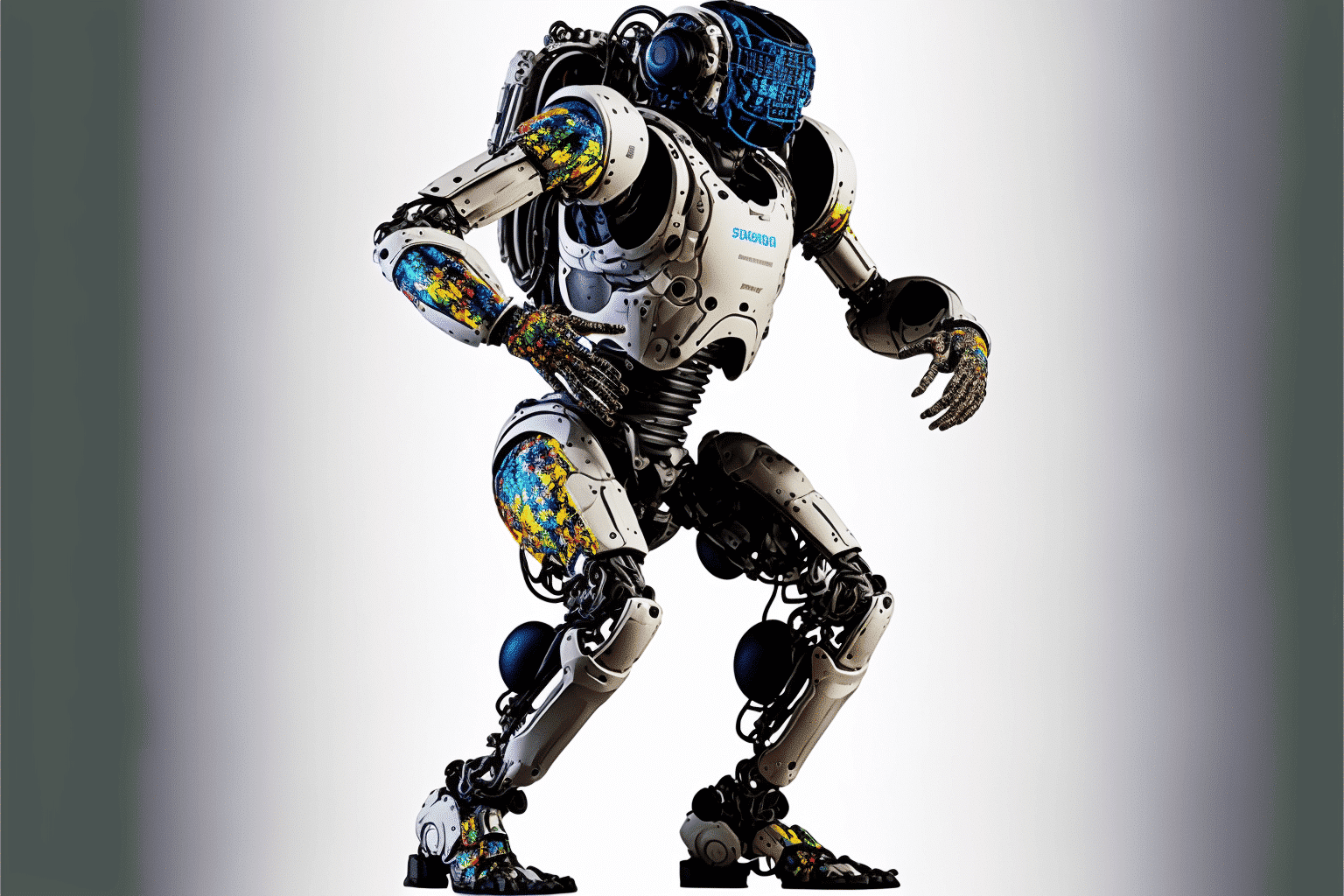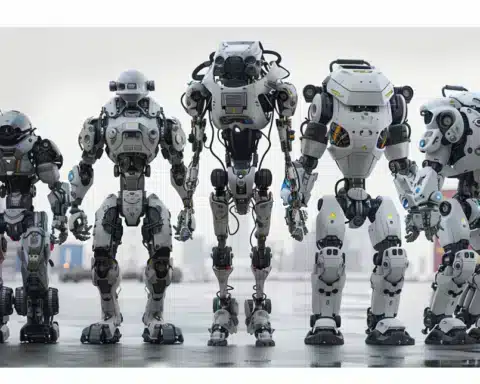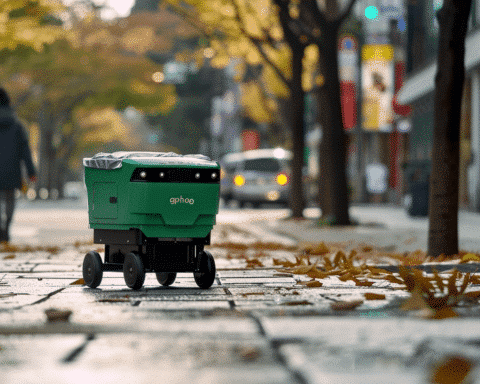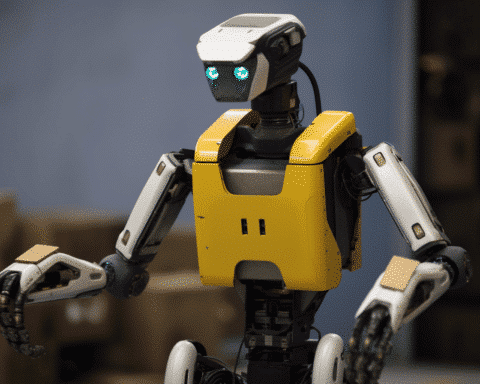Boston Dynamics is a leading robotics company that designs, develops, and manufactures advanced robots for various industries and applications. The company was founded in 1992 as a spin-off from the Massachusetts Institute of Technology (MIT) and has since grown to become one of the most well-known and respected robotics companies in the world.
Their robots are known for their advanced mobility, dexterity, and autonomy. Plus, they are capable of performing a wide range of tasks, including search and rescue operations, construction, and logistics. Some of the company’s most famous robots include Atlas, a humanoid robot that can run, jump, and grip objects, and Spot, a four-legged robotic dog that can map its environment, sense and avoid obstacles, climb stairs, and open doors.
The company’s robots are based on a combination of cutting-edge technologies, including 3D sensing, machine learning, and control systems. Boston Dynamics’ robots are designed to be highly adaptable and can operate in a variety of environments, from rugged outdoor terrain to complex industrial environments.
The company’s approach is to develop robots that can work alongside humans and augment their capabilities. In the future, the company’s robots could be used to assist or even replace human workers in certain industries, such as construction, logistics, and emergency services.
Let’s talk about Atlas
The company has released new footage of its humanoid robot, Atlas, performing a series of construction tasks. The robot, which is able to run, jump, and grip objects, has been designed as a research platform to push the limits of whole-body mobility and is not currently for sale.
Atlas’ Capabilities
Atlas was first unveiled in 2013 and its capabilities have gradually been expanded since then. The robot’s “hands” consist of just two fingers, one fixed and one adjustable, but it is able to keep a firm grip on objects. The robot’s new abilities of gripping objects and helping with construction tasks demonstrate its potential to assist or even replace human workers in certain industries. The footage shows Atlas performing tasks such as laying wood over scaffolding, holding and carrying a tool bag, and performing an extravagant mid-air flip. Some viewers have commented on the robot’s fluid and human-like movement, while others have noted the potential implications of such advanced technology for the job market.
Search and Rescue Boston Dynamics has previously released videos showing Atlas’ eerily human-like movement and performing parkour. The robot is aimed specifically at helping emergency services in search and rescue operations. The company has also created other robots such as Spot, a four-legged robotic dog that can map its environment, sense and avoid obstacles, climb stairs and open doors. Spot is suited for indoor or outdoor use and can be used for a range of heavy-duty applications, including inspecting rocket launch test sites and aiding search and rescue missions.
Potential Impact on Job Market
The robot’s ability to grip objects and perform tasks such as laying wood and carrying tool bags, shows its potential to be useful in construction and other manual labor industries. While the robot is not currently for sale, it is possible that in the future, similar technology could be used in industries to assist or replace human workers. However, it’s important to note that the technology is still in the research and development phase and it’s not clear if it will be able to fully replace human workers in all tasks. As the technology advances, it is important to consider the impact on job market and how to plan for the future workforce.
Boston Dynamics’ Approach
Boston Dynamics is known for showcasing the capabilities of its robots through videos and demonstrations, and the recent footage of Atlas performing construction tasks is no exception. The company’s robots, including Atlas and Spot, have been used or tested in various industries such as emergency services, search and rescue, and construction. However, it is important to note that while the robots are capable of performing tasks, they are still in the research and development phase and it is not yet clear if they will be able to fully replace human workers in all tasks.
The use of robots in industries will likely bring both benefits and challenges, and it’s important to consider the impact on job market and plan for the future workforce. Additionally, it is important to consider the ethical, social, and legal implications that arise from the use of advanced robotics technology in industries. Boston Dynamics is pushing the limits of robotics technology and whole-body mobility with its research platform and it will be interesting to see how the technology develops and how it will be used in the future.




